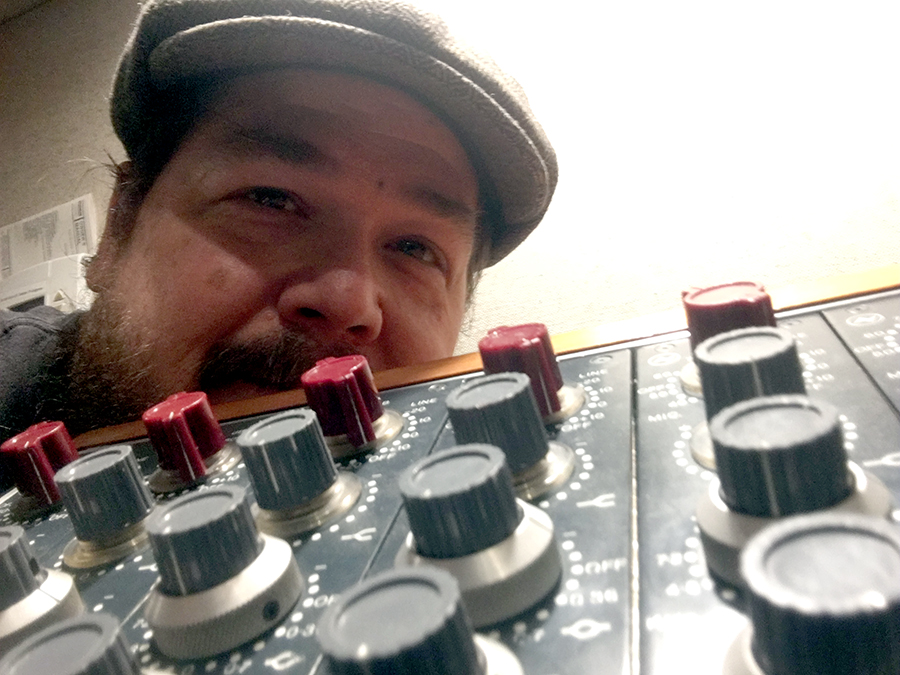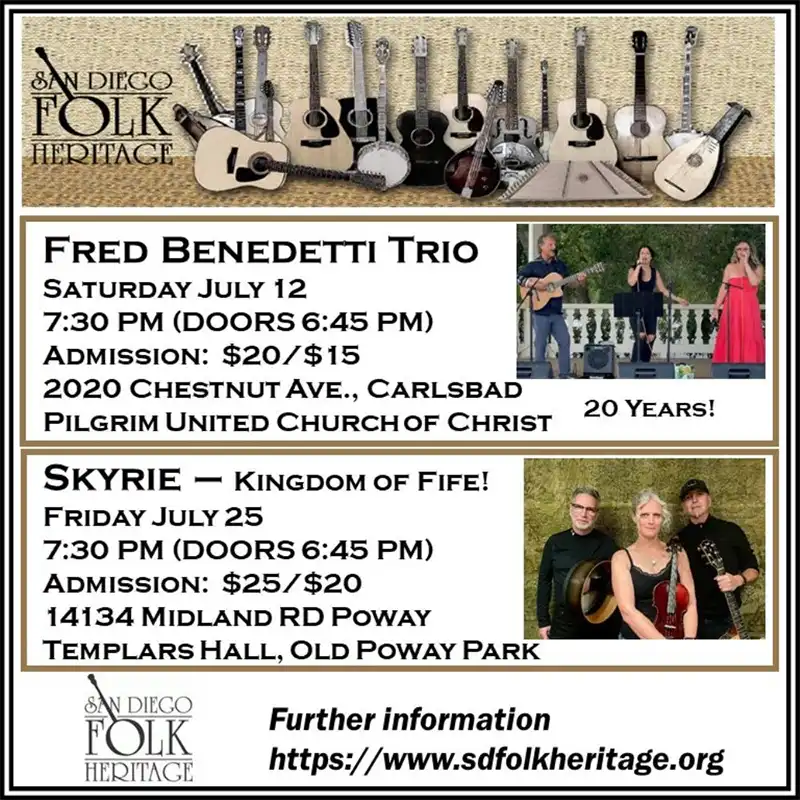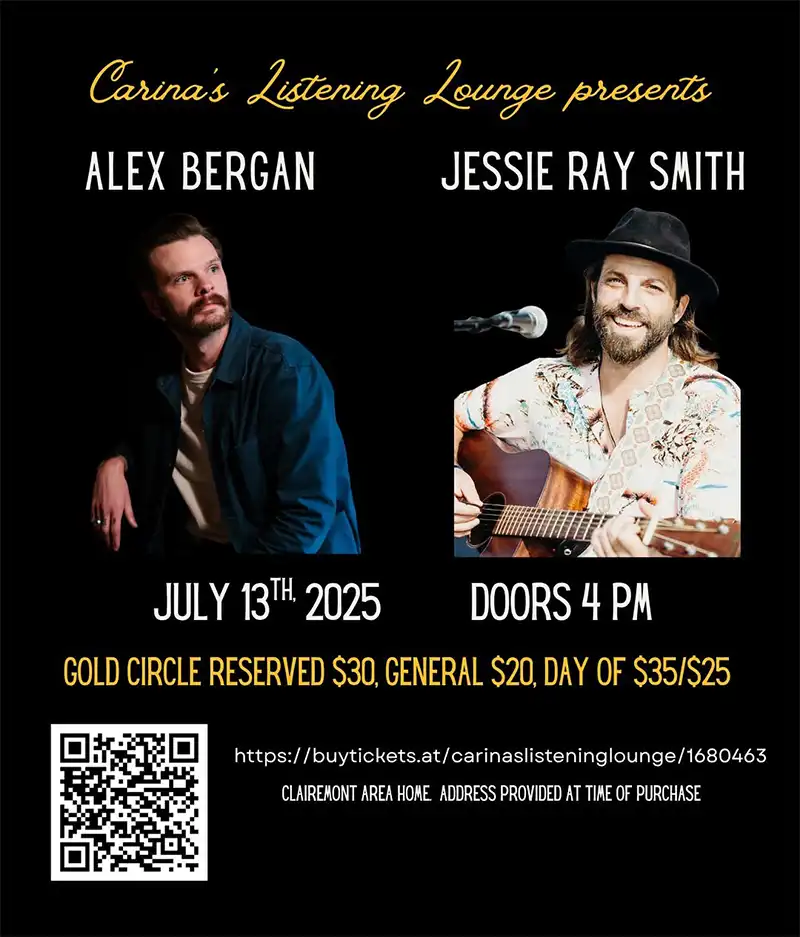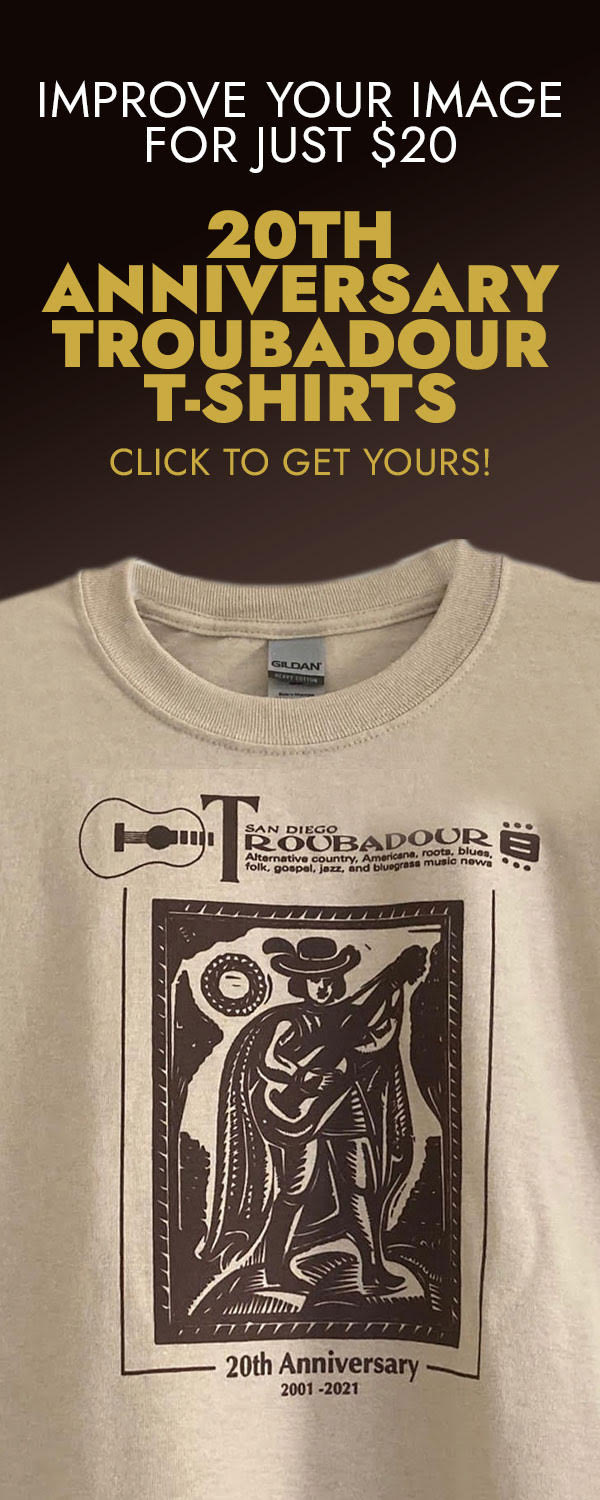Smoke Signals
Recording Matters, Part 8
Arranging, Recording, and Editing Horns and Strings

Hi! My name is Jeff Berkley. I’m from San Diego California. I am a musician, songwriter, engineer, and producer. I spend four or five days a week, at Satellite Studio, in San Diego, producing records. I’ve made lots and lots of them. I’m very lucky to be able to find magic in all sorts of different types of musical situations, levels, styles, and vibes. Somehow, I can focus on what’s authentic and draw it out. I have no idea how I got here but, I sure did luck out!
This is part 8 of my attempt to articulate my own recording method to you. As I’ve said before, it’s just my method. It works for me. It seems to work for others as well.
So far, we’ve chosen, written or co-written, edited, and “memo demo’d” the songs. We’ve chosen a producer and studio. We’ve talked about choosing and preparing the musicians, recording basic tracks and editing them, the instrument overdub process, recording and editing lead vocals, backing vocals, and now this month we will talk about something else that’s extremely fun and challenging: strings and horns.
So, you want strings and/or horns? I guess the first thing to do is to decide that you really want strings and or horns. For the most part, these elements are big and deep and wide. They take up lots of space but also can create some air and some space in a track. Actually, I also count a big choir as something similar to strings and horns. As we read through this, just know that you can substitute a big choir for either strings or horns, but you can also add a choir to those things and create a unique and huge sound.
Anyway, back to the original question: do I really want strings, horns, or a choir? The only way to tell is to listen to your song with all the elements included and even mixed a little bit. Get a feel for what space is there and where something as big as horns and strings might fit. It might be easy to add a single violin or cello. It could even be easy to add a trombone or saxophone, but when you start talking about full sections of these instruments, things get big very fast.
If you’re going to use horns and strings, it’s probably something you need to plan for early on. You’re not gonna need to flesh out the song as much with guitars, drums, and traditional rock ‘n’ roll instruments. You’re gonna want a nice rhythm pad and something to move the chords along, but you’re gonna want to let the horns and strings do a lot of the talking.
If you feel like there’s space enough and it seems like an appropriate place to put these elements, then it’s time to start thinking about an arrangement.
If you arrange horns and strings yourself, wonderful! Most people don’t. This is where you can get into quite a bit of expense and also rely on someone who may or may not come through for you. Over the years, I’ve learned that hiring a professional—who’s done arranging before and has a good track record—is the safest way to go. I’ve hired arrangers who were young and hungry and looking to create a resumé, which has also worked out well for me. Nowadays, I work hand in hand with a couple different string arrangers to come up with parts. Sometimes I have a melody to start with, and the arranger can flesh out the part from there or sometimes they have a melody and I help adjust it into the song in a way that feels good to me and the client
Some people will get a violinist or trumpet player into the studio and work out the melody of the string/horn part with them. Then, they overdub the rest of the section as they like. That’s a great way to go, although a little more time consuming because you’re doing one instrument at a time.
My favorite way to record strings/horns is with the whole section in the studio. They all site read the charts (charts that you’ve already made with your arranger) and play the song from top to bottom.
This is where hiring good players, who can site read charts, is vital! It may cost a bit more per hour, but you will end up paying WAY less in-studio time. This goes for any musician or artist that you ever hire. Hire well, brothers and sisters!
No matter how you achieve your arrangement, you want it to be complementary to the other elements in the song. That’s why it’s important to leave plenty of space. If you’ve got bass and drums on the song, you probably won’t need percussion or a lot of bassiness from the horns and strings. Making sure none of the strings or horns is stepping on the vocal is important but not only should it not step on the vocal, it should also illuminate the vocal or lead instrument like a big picture frame! This is literally about knowing which instruments play in which ranges and how to best achieve your feel without choosing notes that would be redundant to the rest of the track or the rest of the horn or string section. It ain’t easy.
It usually takes a lot of time and generally a lot of dough to do strings and horns. That’s because they’re such powerful elements to have on a song.
It takes a very delicate and or powerful player to play those instruments. Sometimes you just have to pay more to get what you’re after.
All that being said, some folks have really great resources and don’t need to spend too much money. It’s all about your own situation.
Once I’ve got the horn, string, or choir sections in the studio, I arrange their seating in whatever way I want to hear come back through the speakers.
I’ll put everyone in the room, pointing exactly where I’d like to hear them in the stereo spectrum. Once everybody is in the right spot, it’s just a matter of putting room mics in the right places and close mics on every player if you want them.
If you’re looking for a big orchestra or horn sound, sometimes just some well placed room mics can get you that. Again, that only works if your players all play evenly and well with each other and the room. Sometimes close mics are key to draw out parts that are getting lost in the room.
If you can use ribbon mics for the close mics and large diaphragm tube mics for the room mics, you’ll get a beautiful and natural sound. Some folks like ribbon mics for room, but it’s all about taste. What mic placement patterns you use is completely up to you. Everyone has different methods, but it’s all about keeping away from phase cancellation as usual. That’s just a fancy term for overlapping frequencies in two or more microphones. They end up canceling each other out, and you get a really thin and gross sound. Sometimes it can even flange a little.
Oftentimes, you can get away with a smaller section by having them double themselves and then play the second parts as overdubs. Again, as little layering and overdubbing as you can do, the better. If the musicians are all there, looking at each other, reacting in the moment, you end up with a much more authentic performance.
That said, if it sounds right, who cares how it got there. Just do what feels correct to you. You want to be able to hear each different element of the string section/horn section while also blending well with everybody around you.
As I said before, these are very, very big mixing elements. Generally, you’re going to have them panned way out to the left and right sort of wrapping around the rest of the instruments on the track like a big wide cloud.
That doesn’t mean that you won’t want to have a mono string part happening in a song. They did this a lot in the ’70s. A lot of disco has mono strings in it.
Before stereo, the strings had to be mono because, well, everything was mono.
Back then it was all about finding different sonic spaces in the puzzle because you couldn’t rely on left and right. There was only center. Listen to the original, mono version of the Beach Boys’ Pet Sounds sometime. It’s a mind-boggling display of mixing magic and wizardry.
As much as I personally hate to say this, strings, horns, and choirs can all be re-created digitally these days. Sometimes folks will have a real violinist and cellist come in and play single parts and then embellish them with synthesizers or samples.
In the past few years, I’ve afforded myself the luxury of using digital samples of strings instead of full string sections. It can work really, really well, but you need to have someone very talented playing the parts on the keyboard.
I’m very lucky this way. I’ve been able to work with amazing keyboard players over the years who could also arrange strings on the fly. Barnaby Finch, Josh Weinstein, and Sharon Whyte come to mind. There are lots of software twists and turns to this method and you just really need a professional.
I know I sound like a broken record, but it’s all about hiring the right people who know what they’re doing, like someone who can hear you tell them your vision and completely feel it like it’s their own.
That’s what I try and do as a producer. Most of my job is understanding and literally producing a hard copy or real copy of the thing that was in the artist’s mind or heart.
Anyway, that’s the long and short of the process aside from editing. As far as that goes, editing strings, horns, and choirs is much like the methods that I’ve put forth in the last few articles here.
I like to take several takes of each part and just sift through everything to find the most magical moments of each take and pop them up into the master take or the composite track. It’s called comping in studios. Digital audio, workstations, or DAWs have streamlined this process and most folks who record anywhere from studios to laptops have already learned how to create a comp or a composite. In this case you’re gonna be editing the whole section as one element rather than each individual player.
It’s not rocket surgery as I like to say. It’s just about listening and puzzle piecing the elements together in a natural and authentic way.
Natural and authentic. That’s my mantra in the studio. Most of that comes from people being in a good mood and feeling the vibe of the song. You really want it to be a vibe.
Most of my job as a producer is to create a magical space where people feel safe to stretch out and be artistic. The whole idea is for the listener to be emotionally moved. Many folks listen to music to pull them out of their darkness and pain. There’s so much mystical grace and energy in music. Creating recordings and capturing that is why I am in it.
Recording matters.
Jeff Berkley
619-957-3111
www.jeffberkley.com






